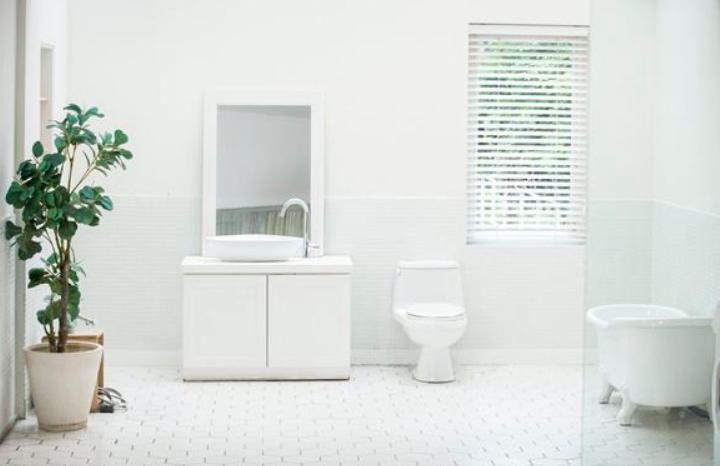Types of heaters
Modern heaters are a great way to heat individual rooms without having to install thermostats throughout the house. Compact portable modern heater can be installed almost anywhere with no combustible materials. Heaters can reduce a home’s overall heating bill if used as an additional heat source. That doesn’t mean you won’t see a slight increase in your energy bill, but it usually always results in overall savings.
Heaters fall into three types: convection heaters, radiant heaters, and mixed heaters. These heaters cost anywhere from $35 to $110. Before you buy, think about where you are going to use the heater? And what type is best for the cold areas of your home.
Infrared radiant heaters are best for when you want to heat a room quickly. On the other hand, if you want to heat the whole house, a convection heater is best. If you’re still looking for a heater that will stand up to daily use and careless handling, a combination heater is better than any type.
Another important detail when buying a heater is the amount of heat you want to produce. Most heaters draw between 600 and 1500 watts of power. Higher wattage heaters produce more heat and use more energy.
How does using these heaters affect your utility bills? How much does it cost a few hours a day over the course of a month? For comparison, if you use a heater 6 hours a day, 7 days a week for a month, it will cost you about $16. That’s not bad when you consider how much gas or electricity you will save by not heating your entire house during that time.
When choosing a heater, consider the size of the room and the amount of heat associated with installing the heater. There are three different options for adding needed heat to any room or room. Let’s take a look at each option and see why each may be the right heater for you and your home.
Convection heater

Convection heaters are uniquely designed only to heat the air in a room, not people. They force air to circulate through the room, creating hot air that rises to the ceiling, forcing cooler air down toward the floor. These heaters come in baseboard, water, and oil heaters. Water and oil heaters are the most efficient and are always warm to the touch (not hot).
In general, heaters should only be used as a supplemental heat source. In this case, you should use a heater that is suitable for the particular room to be heated, carefully controlling the temperature and operating time. Heaters with such controls are usually less expensive to operate.
Infrared radiant heater

Infrared radiant heaters are used to heat people and objects in a room and do not specifically heat the room. This type of heater gives off heat very quickly to a person or object across the room. It is a good choice of heater for quick heating. Keep in mind, however, that there are certain risks associated with using infrared heaters. Being too close to flammable or combustible substances can cause burns to people and animals, and there is always a risk of fire.
Infrared radiant heaters have the lowest power per unit of heat produced, making them the cheapest to operate.
Combination heater

The best type of heaters are combination heaters. They have fans to force heat throughout the house and are much more efficient than other types of heaters. Today, combination heaters are the best choice for anywhere in the home.
By comparison:
- Electric heaters produce 1 unit of heat for every 1 unit of electricity. To understand the efficiency of these numbers, this means that the heater is 100% energy efficient;
- Geothermal heat pumps produce 3 units of heat for every 1 unit of electricity. This means that the efficiency is 300%;
Combination heater is the best savings you can make.
Choose the right heater for you to save money.






